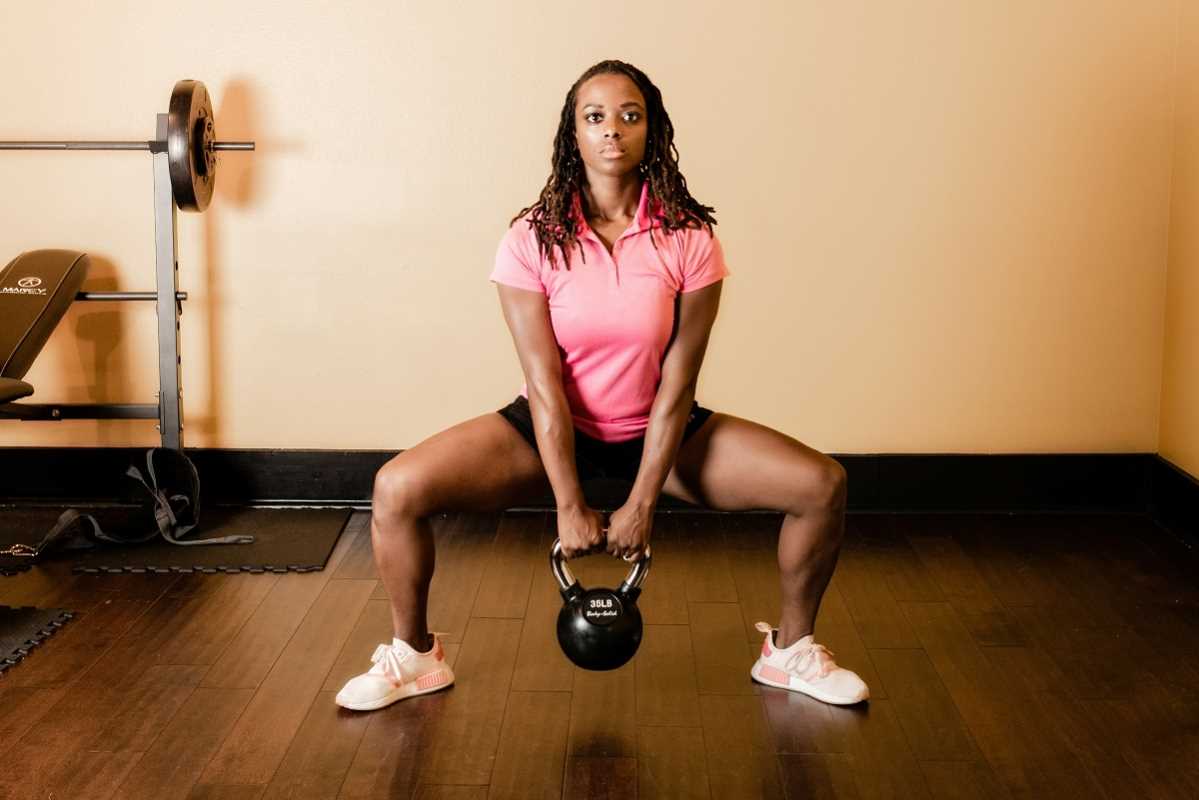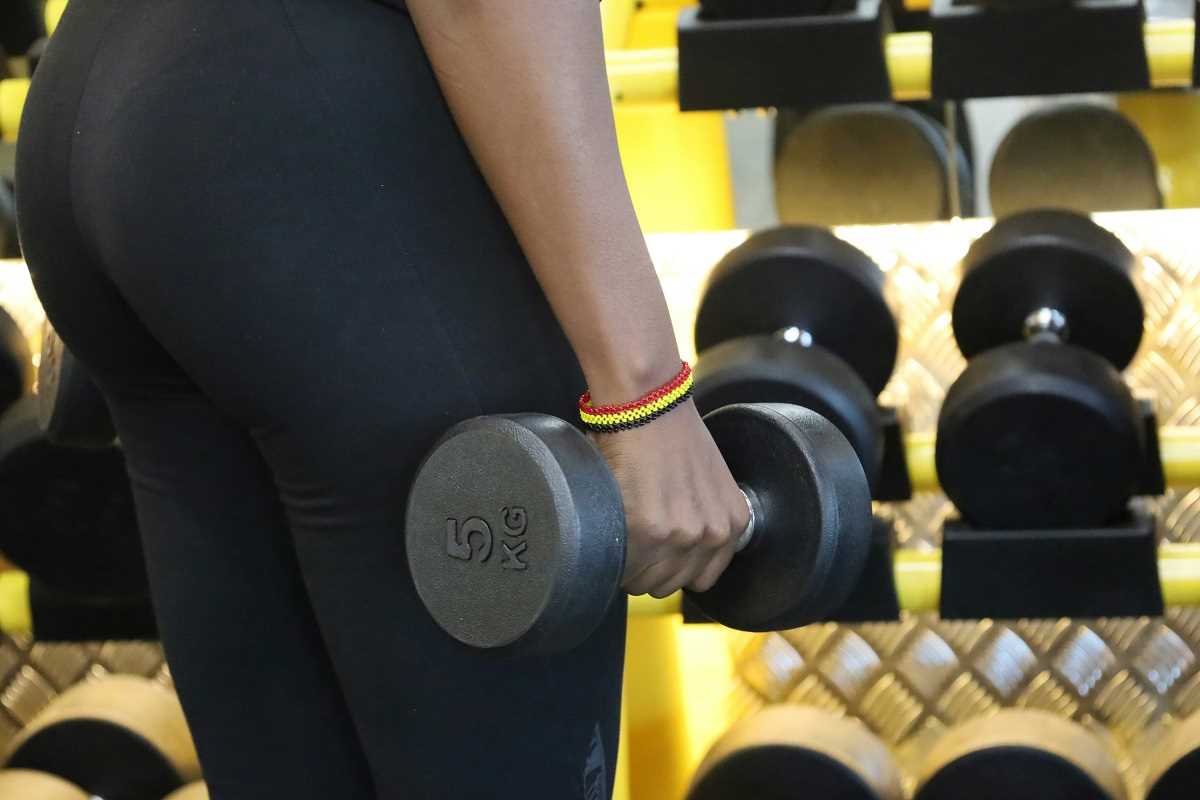Gymnastic strength enthusiasts are constantly on the hunt for innovative methods to enhance their performance. A growing number of athletes have found that incorporating kettlebell complexes into their routines can truly revolutionize their training. These dynamic exercises offer a powerful blend of strength, endurance, and flexibility, making them an ideal addition to traditional gymnastic workouts. As kettlebell complexes rise in popularity among gymnasts, let's explore the reasons behind their growing appeal and discover effective ways to seamlessly integrate them into your personal training regimen.
Why Gymnastic Strength Matters
Strength is the bedrock of success in gymnastics. It empowers athletes to execute intricate maneuvers with control, precision, and grace. Whether it's holding a steady handstand, performing a planche, or completing a dynamic tumbling pass, a strong foundation enables gymnasts to move efficiently and confidently through their routines. However, gymnastic strength isn't just about brute force—it's about mastering the ability to generate controlled tension throughout the body while maintaining fluid motion.
This type of strength demands a unique blend of muscle endurance, balance, flexibility, and neuromuscular coordination. Athletes must not only produce power but also sustain it during routines that challenge every major muscle group. Moreover, superior strength contributes to faster recovery times between elements, better posture during transitions, and a lower risk of form breakdown under fatigue. It also plays a critical role in injury prevention by stabilizing joints and supporting ligaments during high-impact movements. Building gymnastic strength enhances overall athleticism and provides a physical edge that allows gymnasts to evolve their skills, progress to more advanced techniques, and stand out in competitive performances.
Understanding Kettlebell Complexes
Kettlebell complexes consist of a series of kettlebell exercises performed back-to-back without putting the kettlebell down. This method keeps the heart rate up and maximizes both strength and cardio benefits. Here are some common kettlebell exercises used in complexes:
- Kettlebell Swings
- Goblet Squats
- Clean and Press
- Snatches
- Turkish Get-Ups
By chaining these exercises together, athletes can target multiple muscle groups simultaneously, enhancing overall strength and conditioning. This efficient training style fits well into busy schedules, making it easier for gymnasts to add variety to their workouts.
The Benefits of Kettlebell Training for Gymnasts
Kettlebell training offers several advantages specifically useful to gymnasts:
- Functional Strength: Kettlebell exercises mimic real-world movements, improving the functional strength needed for gymnastics.
- Core Stability: Many kettlebell movements engage the core, enhancing balance and stability during routines.
- Flexibility: The dynamic nature of kettlebell training promotes greater flexibility and range of motion.
- Endurance: Complexes build muscular and cardiovascular endurance, allowing gymnasts to maintain high performance levels for longer periods.
- Injury Prevention: Strengthening muscles and improving joint stability reduce the likelihood of injuries common in gymnastics.
These benefits make kettlebell training a valuable addition to any gymnast’s regimen, providing the tools needed to improve performance and longevity in the sport.
How to Incorporate Kettlebell Complexes into Your Routine
- Start with the Basics: Begin with fundamental kettlebell exercises to build a solid foundation. Focus on mastering the form of swings, goblet squats, and presses.
- Create a Balanced Routine: Design a complex that targets different muscle groups. For example, alternate between upper and lower body exercises.
- Set Appropriate Weights: Choose kettlebell weights that challenge you without compromising your form. Start lighter and gradually increase the weight as you become more comfortable.
- Integrate into Existing Workouts: Replace or supplement parts of your current training with kettlebell complexes. This ensures you’re not overloading your schedule.
- Maintain Consistency: Incorporate kettlebell complexes into your routine 2-3 times a week. Consistency is key to seeing lasting improvements.
- Monitor Progress: Keep track of your performance and adjust the complexity and weight as you grow stronger.
By following these steps, gymnasts can effectively integrate kettlebell complexes into their training, enhancing their strength and overall athleticism.
Kettlebell complexes enhance functional strength, core stability, flexibility, endurance, and injury prevention, making them ideal for gymnastics. They offer comprehensive benefits and can elevate performance or add variety to workouts. Consider them a secret weapon in your gymnastics journey.
 (Image via
(Image via





